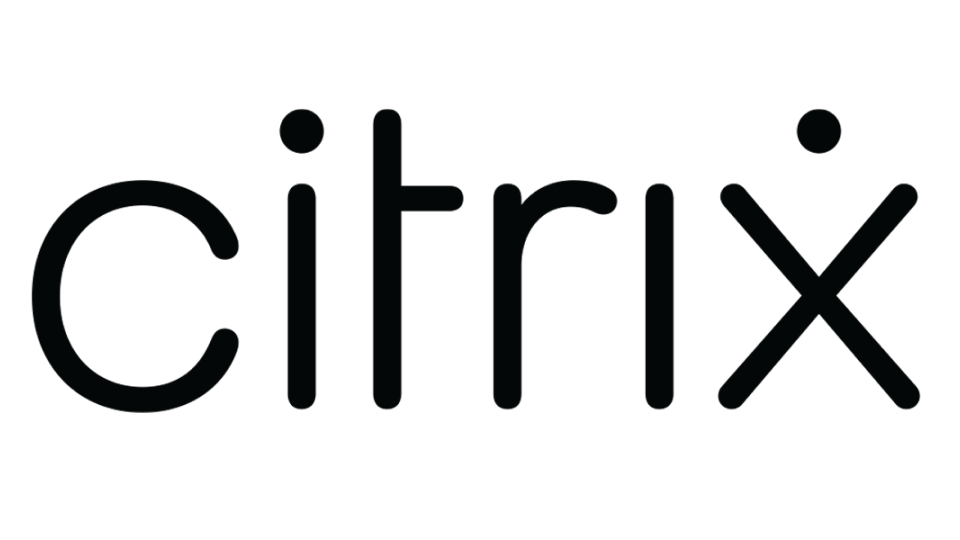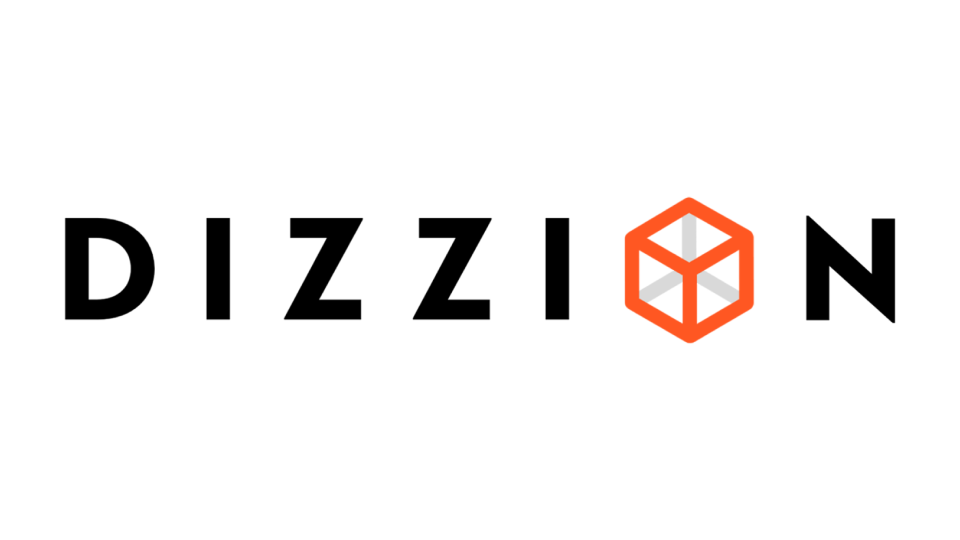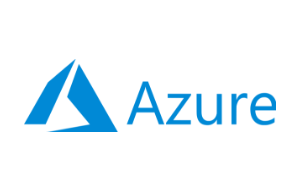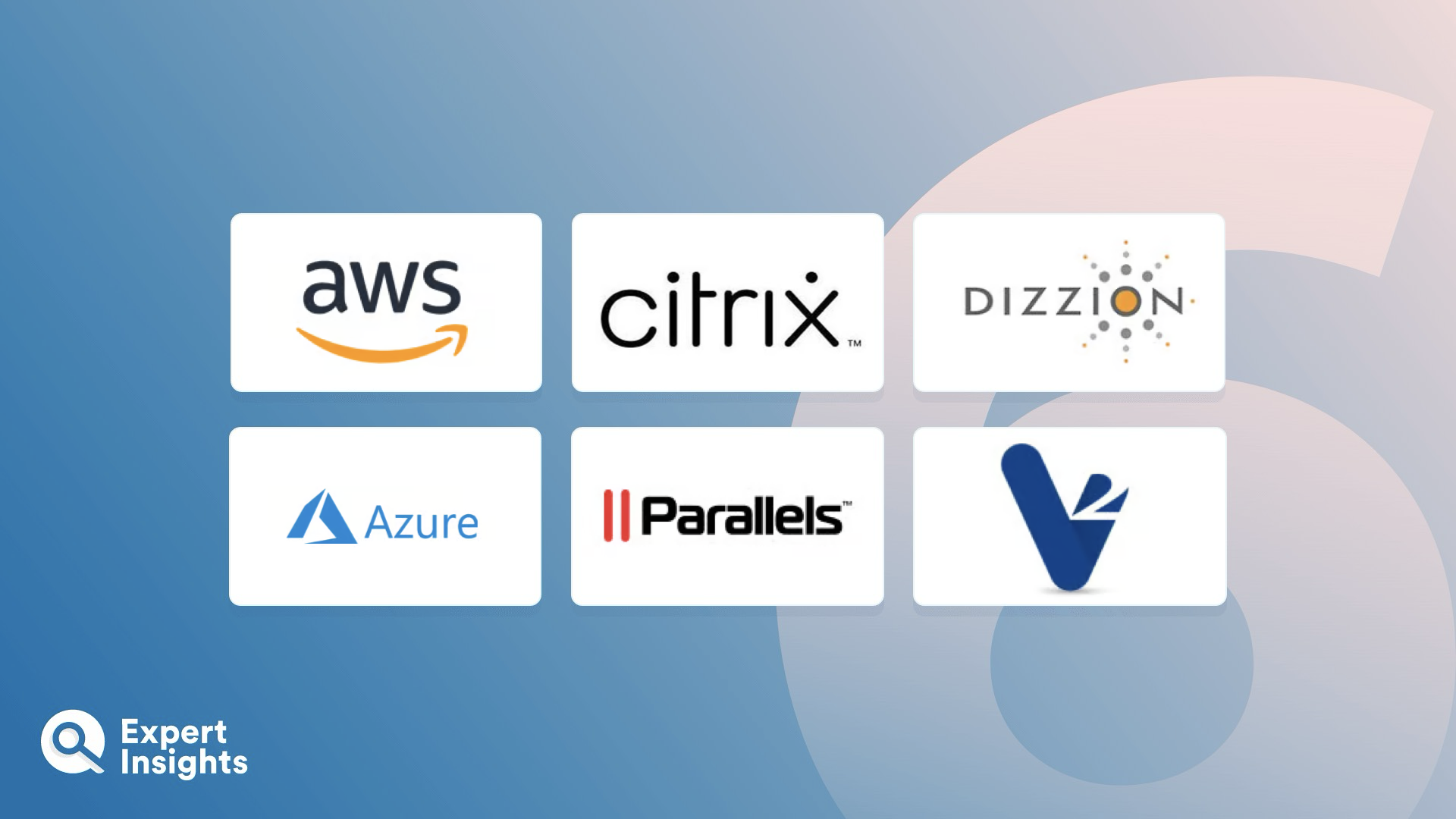FAQs
What Is Virtual Desktop Infrastructure (VDI)?
Virtual desktop infrastructure (VDI) is a type of enterprise IT infrastructure that allows employees to access their company’s computer systems from anywhere, on almost any device, without the organization having to provide them with a physical machine or workstation. Instead, users can use their own personal computers, laptops, tablets, or cell phones to access company resources via a secure browser or desktop client. This makes VDI a very cost-effective way for IT departments to manage and secure their organization’s infrastructure. It also makes VDI a great way of provisioning access for remote workers, contractors, and partners.
How Does VDI Work?
VDI uses a hypervisor to segment a centralized (on-prem or cloud) server into virtual machines, which host virtual desktops. These desktops can then be delivered to users as needed. End users can then access these virtual desktops (and all the resources stored within them, such as applications and files), via a secure desktop client or browser, then interact with them as though they were running locally on their endpoint.
There are two main types of VDI: persistent and non-persistent.
With persistent VDI, a user connects to the same desktop every time they log in, and any changes they make are stored even after the connection is reset. This means that users can personalize their desktop’s layout, applications, and settings. This type of VDI is popular amongst developers and IT professionals who will be using the same services multiple times.
With non-persistent VDI, users will connect to a default virtual desktop each time. This desktop will not save any changes that the user makes, though files can be saved within a shared drive. Because of this, non-persistent VDI implementations are generally available at a lower cost to persistent VDI. They’re most popular for knowledge or task workers who need one-off access to a virtual desktop to carry out a certain set of tasks (e.g., in a call center or retail setting), and don’t need high levels of customization or to work on an ongoing project. This type of desktop cannot be user-specific.
What Are The Benefits Of VDI?
VDI can be complex to implement, so it isn’t for every organization. However, it does offer a wealth of benefits to organizations that are able to navigate the initial implementation.
The top benefits of implementing VDI include:
- Secure, seamless remote access. With VDI, users can connect to their desktop from any location and using any device.
- Hardware cost reductions. VDI works well among organizations that allow the use of personal (BYOD) devices. But it can also help reduce costs for organizations that do want to provision their employees with corporate devices. This is because VDI completes all processing on the server, not the endpoint, thereby reducing hardware requirements for endpoints. This means that users can access the virtual desktop from older devices and thin clients, rather than needing the latest model to be able to connect.
- Improved security. VDI implementations store data on the central server, rather than on users’ endpoints. This ensures that corporate data remains secure if a user’s device is lost, stolen, or compromised. It also ensures that personal and corporate data are kept separate from one another, which is a common challenge among organizations with a BYOD policy. Finally, it makes it easier to create backups, as you need only backup—and, in the event of a data loss incident, restore files to—a single server.
- Simplified management. Admins can manage and maintain their VDI implementation centrally, making it much easier for them to provision, manage, maintain, and secure the desktops within their network.
- Improved productivity. If a user can’t access the virtual desktop due to a problem with their device, they can simply sign in using a different device, such as a tablet or cell phone. This is much quicker than having to wait for an admin to resolve the issue before being able to carry on with their work.
Virtual Desktop Infrastructure Vs. Desktop Virtualization Vs. Virtual Machines: What’s The Difference?
“Desktop virtualization” refers to any type of technology that separates a desktop environment from the hardware that’s used to access it. So, VDI is a type of desktop virtualization, but it isn’t the only type of desktop virtualization. Other forms of virtualization include remote desktop services (RDS) and Remote Desktop-as-a-Service (RDaaS).
Virtual machines (VMs) are a type of software used within VDI. VMs are created when a hypervisor separates a physical server into multiple virtual servers in a process called “server virtualization”. These virtual servers can be used for many different things—including running a virtual desktop within a VDI implementation.












